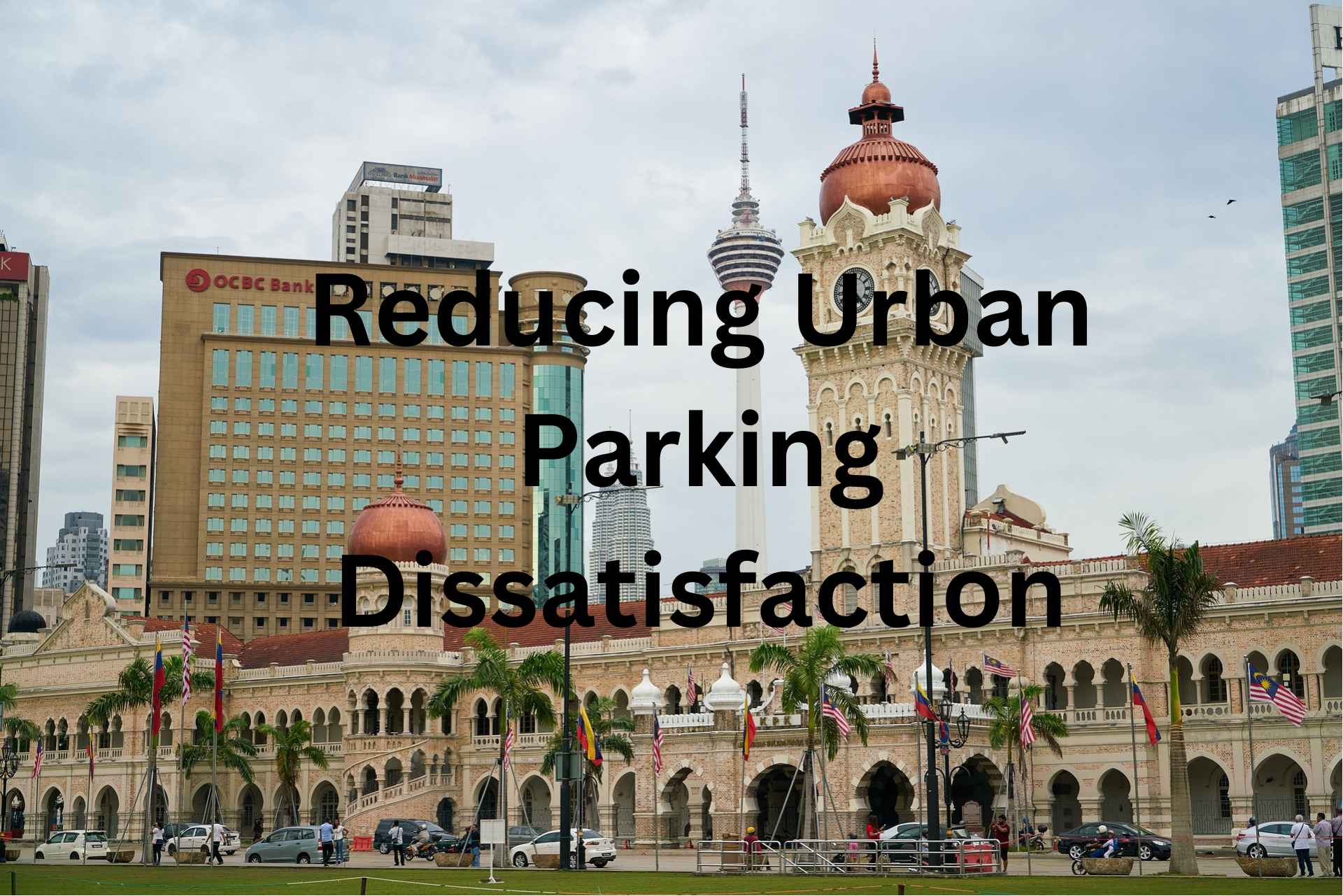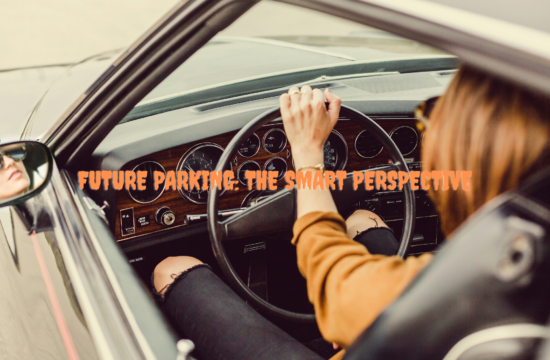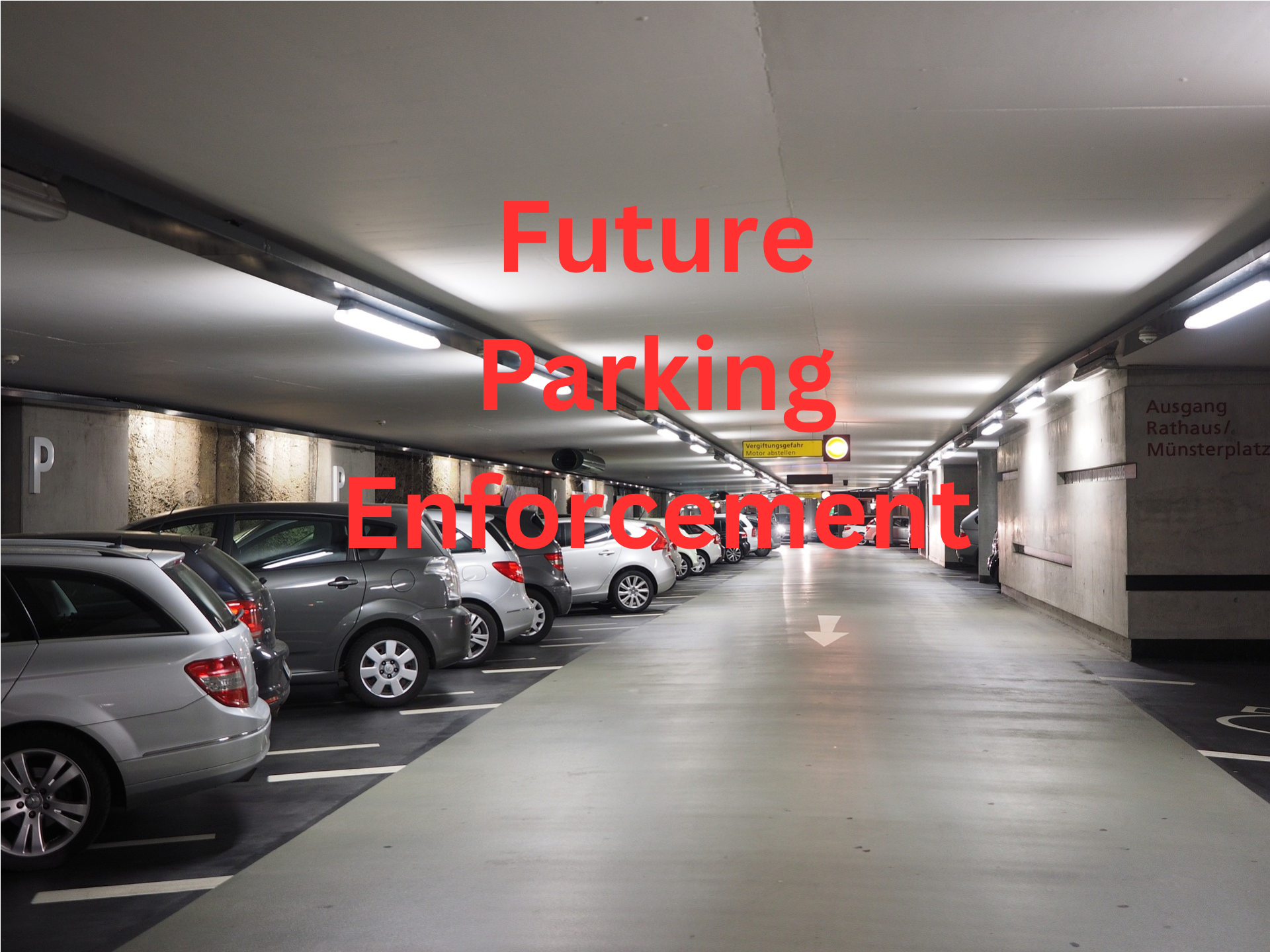Reducing Urban Parking Dissatisfaction
Managing parking frustrations in urban areas has become a significant challenge as cities continue to grow and parking spaces become scarce. The traditional approach to parking management often falls short, leading to frustrations for residents and visitors alike. However, innovative solutions are emerging to tackle these issues and transform the parking landscape. In this article, we explore various strategies and technologies being implemented to mitigate urban parking frustrations. From intelligent parking solutions and advanced reservation platforms to efficient parking enforcement and alternative transportation options, we delve into how these solutions are reshaping urban mobility and enhancing the parking experience for all stakeholders involved.
Installing Intelligent Parking Solutions
The installation of intelligent parking solutions has become a focal point in optimizing parking infrastructure in urban areas. With the increasing population density and the rise in the number of vehicles on the road, traditional parking systems struggle to meet the demands of urban dwellers. By implementing intelligent parking solutions, cities can revolutionize parking management and improve the overall experience for motorists. This article delves into the benefits and advancements of intelligent parking solutions and how they are transforming urban mobility.
Encouraging Modal Shift in Transportation
Encouraging a modal shift in transportation has emerged as a crucial strategy to address the challenges associated with urban mobility. Cities are grappling with issues such as congestion, pollution, and limited parking space, making it essential to promote alternative modes of transportation. By shifting the focus from private vehicles to sustainable options like public transit, cycling, and walking, cities can alleviate traffic congestion, reduce emissions, and create healthier and more livable urban environments. In this article, we explore the importance of modal shift and the strategies employed to encourage a transition toward sustainable transportation choices.
Investing in Park-and-Ride Infrastructure
Investing in park-and-ride infrastructure has become a priority for cities aiming to address urban transportation challenges. As traffic congestion and parking availability pose significant issues in urban areas, park-and-ride facilities offer a practical solution. By providing designated parking areas near major transit hubs, commuters have the option to park their vehicles and continue their journey using public transportation. This approach not only reduces the number of private vehicles on the road but also promotes the use of sustainable transportation modes. The article delves into the benefits of investing in park-and-ride infrastructure and explores how it contributes to more efficient and sustainable urban mobility.
Optimizing Multi-Story Parking Systems
Optimizing multi-story parking systems has become crucial in urban planning and infrastructure development. With the growing population and the increasing number of vehicles in cities, efficient parking solutions are essential to alleviate congestion and enhance the overall urban experience. Multi-story parking structures provide a space-saving solution by effectively utilizing vertical space. However, to maximize efficiency, it is important to optimize these systems through smart design, technology integration, and effective management strategies. This article explores various approaches and best practices for optimizing multi-story parking systems, ensuring seamless parking experiences for residents, visitors, and businesses in urban areas.
Utilizing Demand-Based Pricing Methods
Utilizing demand-based pricing methods has emerged as a powerful strategy in managing parking resources and addressing urban parking challenges. Traditional fixed pricing models often result in inefficient utilization of parking spaces, with some areas experiencing high demand while others remain underutilized. Demand-based pricing, also known as dynamic pricing, adjusts parking fees based on real-time demand, encouraging optimal utilization of available spaces. By implementing these pricing methods, cities and businesses can effectively manage parking supply and demand, reduce congestion, and incentivize alternative transportation options. This article explores the benefits and implementation strategies of utilizing demand-based pricing methods to create a more efficient and sustainable urban parking ecosystem.
By adopting these innovative strategies and technologies, cities can mitigate urban parking frustrations, enhance mobility, and improve the overall urban living experience. Join us as we delve into the world of effective parking



